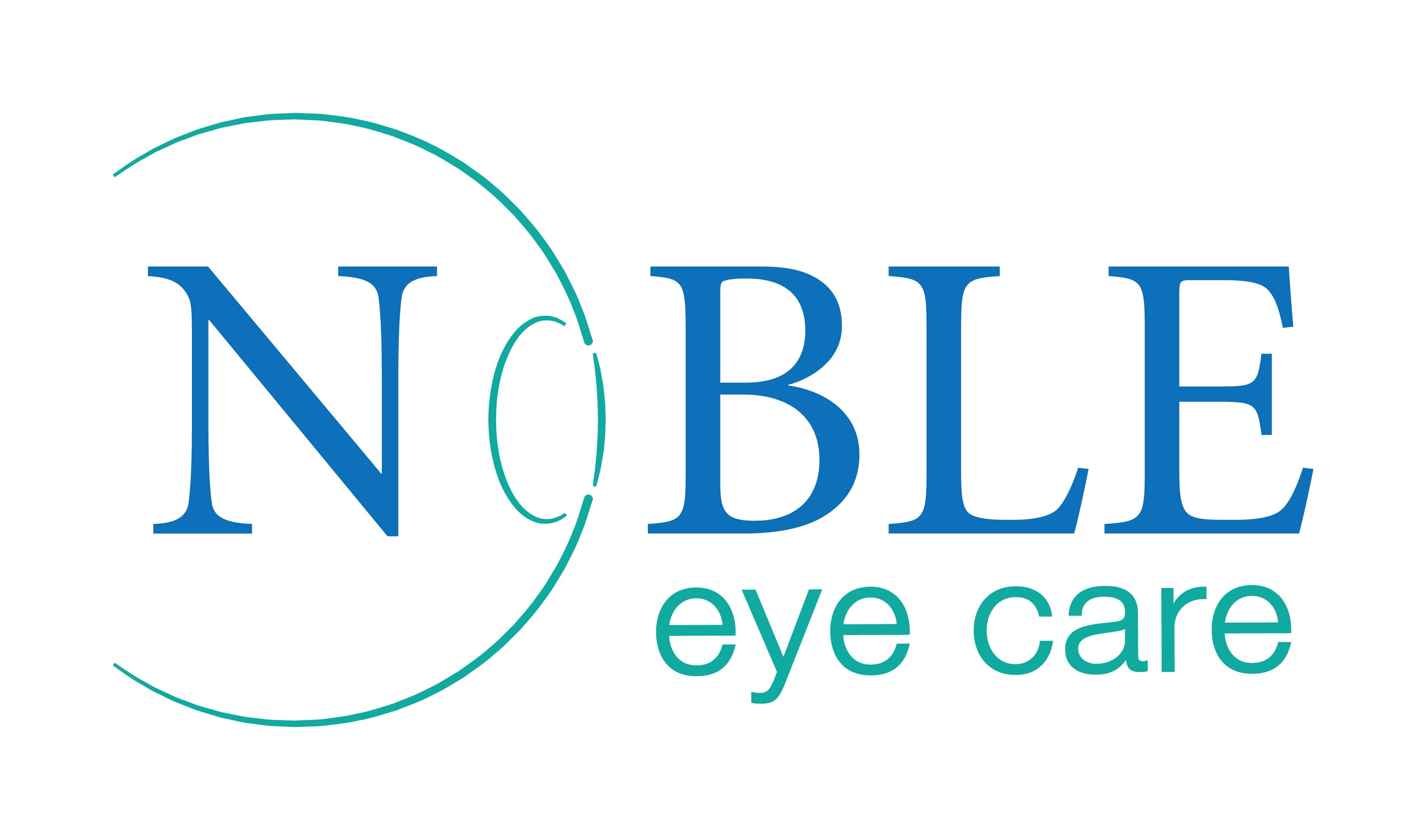What is Cataract?
Cataract is the opacification of the crystalline lens in the eye. The lens is a clear biconvex structure which lies behind the iris and pupil and functions to focus the light onto the retina.

Cataract seen in the lens
How does cataract form?
The clarity of the lens is maintained due to a specific orderly arrangement of proteins with a relatively low water content. Cataracts result from protein denaturation, water vesicles depositing between lens fibers and increasing proliferation and migration of the lens epithelium. While in adults, the lens hardens and becomes yellow-brown with age and forms a senile cataract, in children, the cataractous lens remains soft and white.
How common are cataracts in children?
Congenital cataracts occur in about 3 in 10 000 live births. Two-thirds of cases are bilateral (affect both eyes).
What are the causes for cataract in children?
The cause of cataract can be identified in about half of the eyes. Unilateral cataracts are usually isolated sporadic incidents, without a family history or systemic disease and affected infants are usually full-term and healthy. Cataract can be associated with ocular abnormalities, trauma, or an intrauterine infection such as rubella. Bilateral cataracts are often inherited and associated with other diseases. They require a full metabolic, infectious, systemic and genetic workup to ascertain the cause.
How will a child with cataract present?
Bilateral cataracts in children will most often present with low vision. Children are often unable to tell that they are seeing less. Low vision has to be deciphered from their actions. They may see objects from very close or have a searching gaze and multiple attempts to grasp an object. Sometimes there will be dancing eye movements or squint both of which indirectly indicate low vision. On examination, a white reflex called leukocoria may be seen from within the eye. The child may also present with frequent eye rubbing and intolerance to bright light. An important thing to remember is that a child with cataract in one eye may be seeing normally from the other eye and may not show any signs of low vision. Only a routine eye checkup, leukocoria or squint can detect a hidden cataract.
How is cataract treated?
Dense total cataracts require early surgery, at 4–6 weeks of age to prevent the development of stimulus deprivation amblyopia (lazy eye). If the severity is asymmetrical in bilateral cataracts, the eye with the denser cataract should be operated first followed by the other eye. The surgery entails performing a lens aspiration (sucking out the cataractous lens) and implanting an intraocular lens of appropriate power. In very young children (below 1 year of age), an intraocular lens may not be implanted and contact lens or spectacles are a must after surgery. Surgery may not be required in partial cataracts if opacity is not central and unlikely to hamper vision.
![DigvijayProfile[1]](https://drdigvijaysingh.com/wp-content/uploads/2017/11/DigvijayProfile1.jpg)
